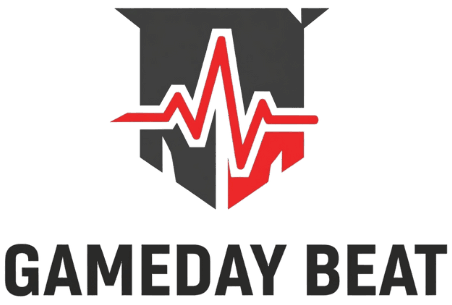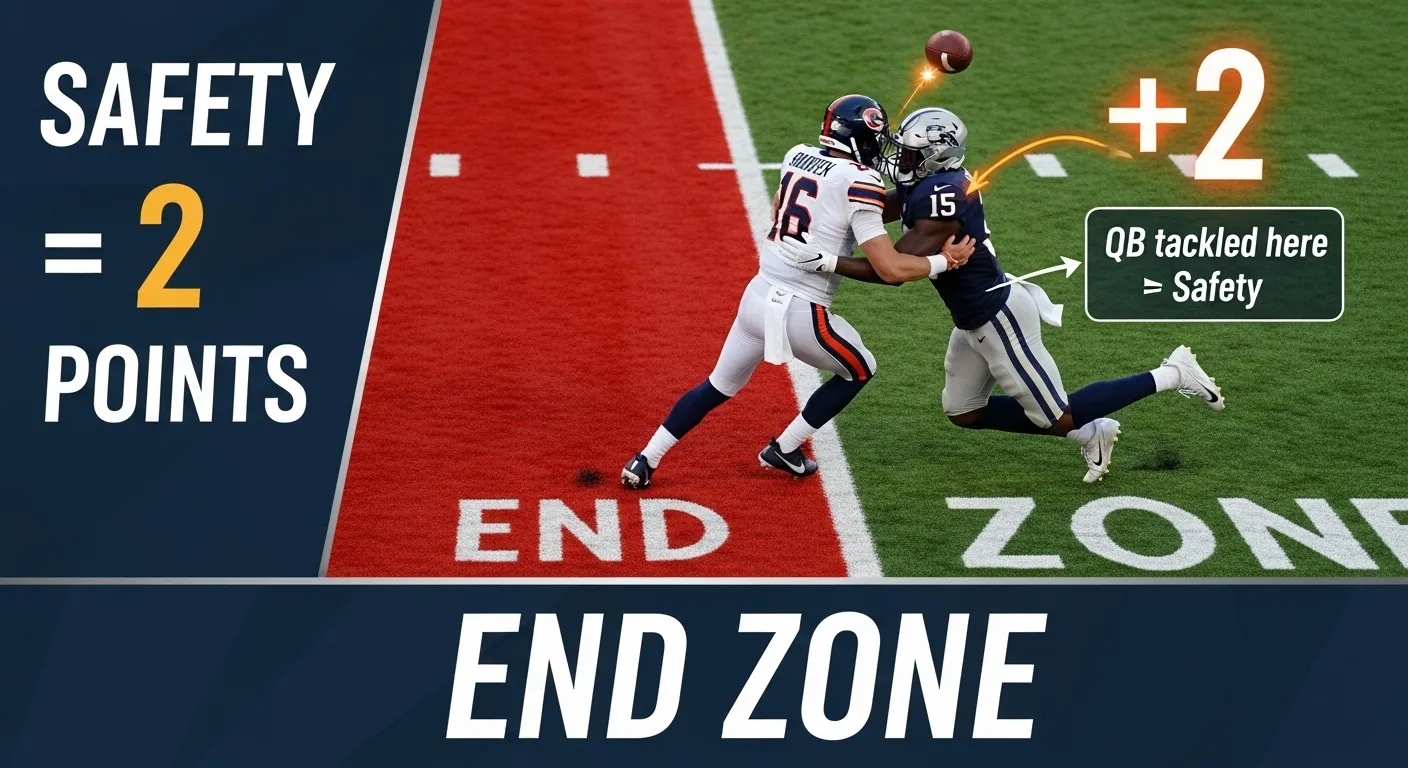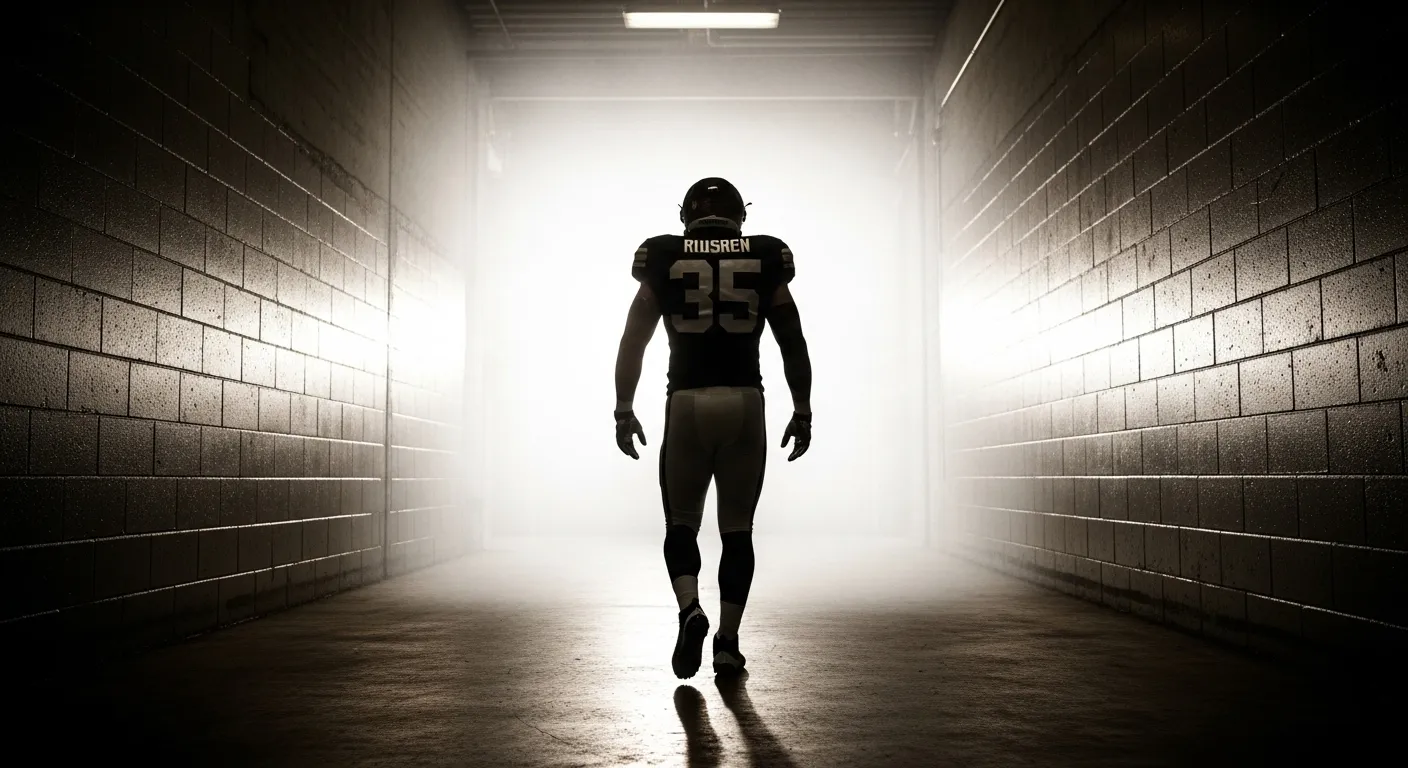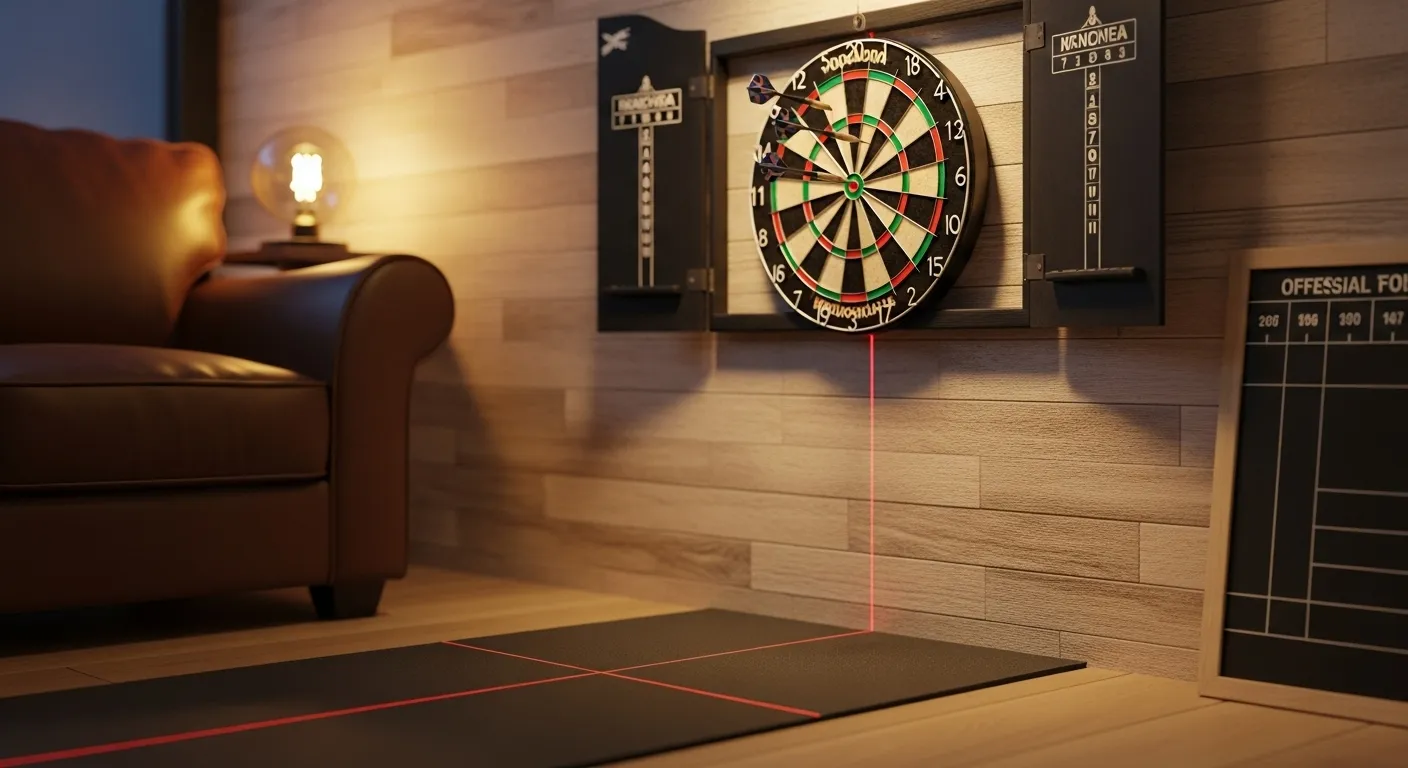Quick intro
If you’ve ever watched a football game and heard the announcer say “That’s a safety!”—and then saw two points go up on the scoreboard—you probably tilted your head and asked yourself: what is a safety in football?
What is a safety in football? It’s one of those rules that confuses casual fans, especially since the same word “safety” also refers to a defensive position. And no, they’re not the same thing. One’s a scoring play, the other’s a position. We’ll break down both here—slowly, in plain language, with examples. No fluff.
Safety Position in Football Explained
The safety as a position is part of the defensive backfield. There are usually two of them: a free safety (FS) and a strong safety (SS). They sit deeper than cornerbacks, acting like the last line of defense.
- Free Safety (FS): usually faster, covers deep passes, helps corners when receivers go long.
- Strong Safety (SS): usually bigger, more physical, plays closer to the line of scrimmage, helps stop runs, covers tight ends.
Think of them like security guards at a concert. One’s watching the door far back, the other’s closer to the stage making sure no one sneaks in.
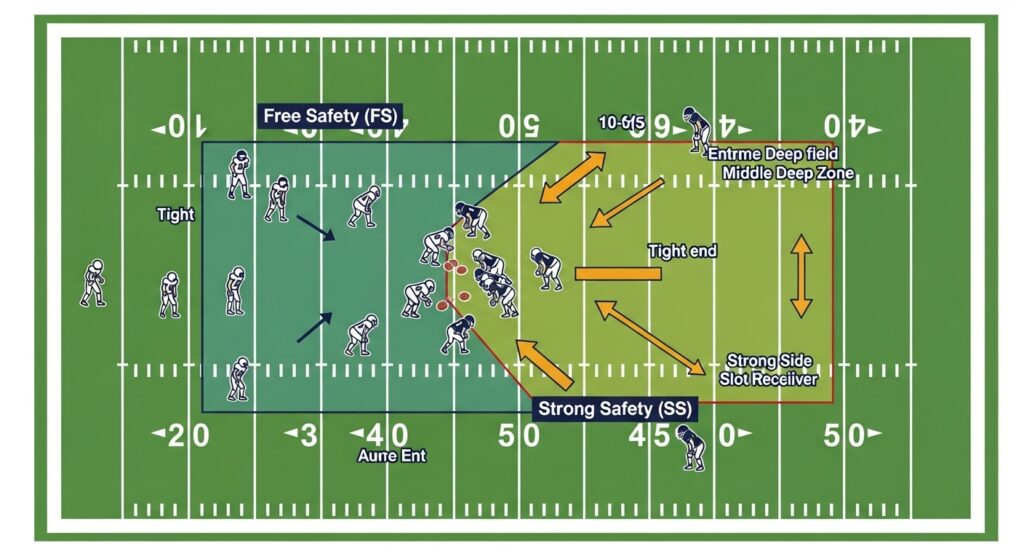
Football Safety vs Cornerback
A lot of beginners mix these two up. Here’s the short version:
| Position | Typical Role | Coverage | Physical Traits |
| Safety | Last line of defense, support corners, stop big plays | Deep field, tight ends, RBs | Taller, stronger, good vision |
| Cornerback | Direct coverage of WRs | Man-to-man or zone | Faster, agile, specializes in 1-on-1 |
Corners are like sprinters glued to a receiver’s hip. Safeties are more like chess players—they see the bigger picture and react.
Football Safety Responsibilities
- Cover deep passes and prevent touchdowns.
- Step up to stop the run if a RB breaks through.
- Blitz the quarterback sometimes.
- Communicate with corners and linebackers.
- Basically… don’t let anyone get past you.
What Does a Safety Do in Football Defense?
The short answer: they stop chaos. The long answer: they read the offense, shift with the quarterback’s eyes, and decide whether to crash down or hang back. It’s instinct plus film study, the same kind of preparation players use when analyzing a tier list of weapons in Fortnite — understanding strengths, weaknesses, and when to make the right move.
If you ever see a QB throw deep and the ball just “magically” disappears into a defender’s hands—yeah, that’s usually a safety lurking.
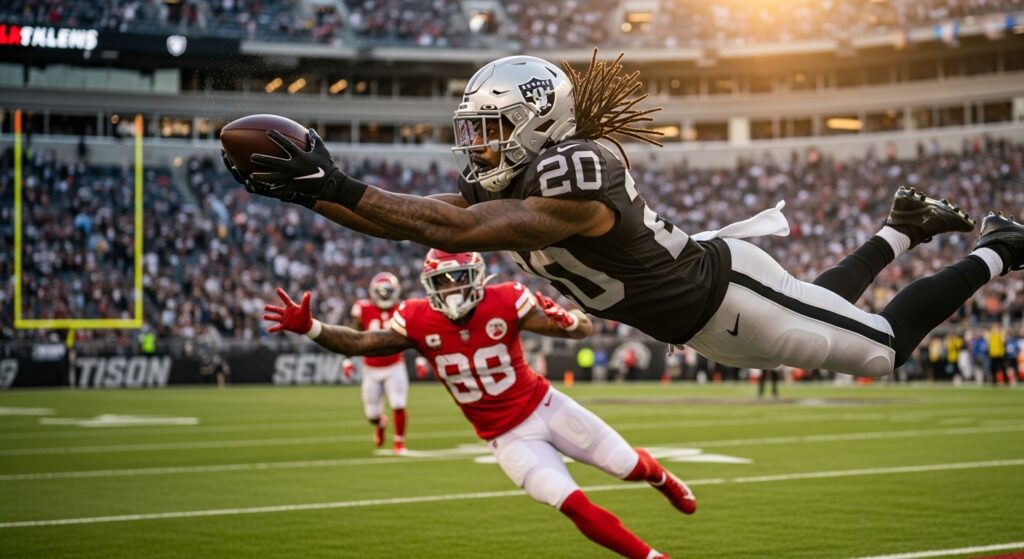
Difference Between Free Safety and Strong Safety
- Free Safety (FS): Center fielder. Roams, ball-hawks. Usually quicker.
- Strong Safety (SS): Linebacker-lite. Tackles, blitzes, hits harder.
That’s why many teams draft FS for speed and awareness, while SS often looks like a smaller linebacker.
Best Safeties in NFL History
If you’re Googling around, you’ll keep seeing these names pop up:
- Ronnie Lott
- Ed Reed
- Troy Polamalu
- Brian Dawkins
- Steve Atwater
Each one redefined the position. Reed with instincts. Polamalu with chaos. Dawkins with intensity.
Role of Safety in American Football
In simple terms: protect the end zone. Don’t let touchdowns happen.
They’re the “oh no” button—when everything else breaks down, the safety’s supposed to fix it.
What Is a Safety Score in Football?
Many new fans ask, “what is a safety in football?” It’s not just a defensive role but also a rare scoring play. A safety occurs when the offense is trapped in its own end zone, giving the defense 2 points. This can happen if the quarterback is sacked in the end zone, a ball carrier is tackled behind the goal line, or a penalty is committed by the offense inside the end zone.
Understanding how a safety scoring play in football works is as important as studying tactical systems like the 4-2-3-1 formation for control and width. Both concepts show how strategy, positioning, and awareness can completely change the momentum of a game.
Example: QB gets sacked in his end zone = safety.
How Does a Safety Happen in Football?
It’s rare but dramatic. Here are the ways it happens:
- Ball carrier tackled in own end zone.
- QB steps out of bounds in own end zone.
- Fumbled ball rolls out of the end zone.
- Offensive penalty inside own end zone (like holding).
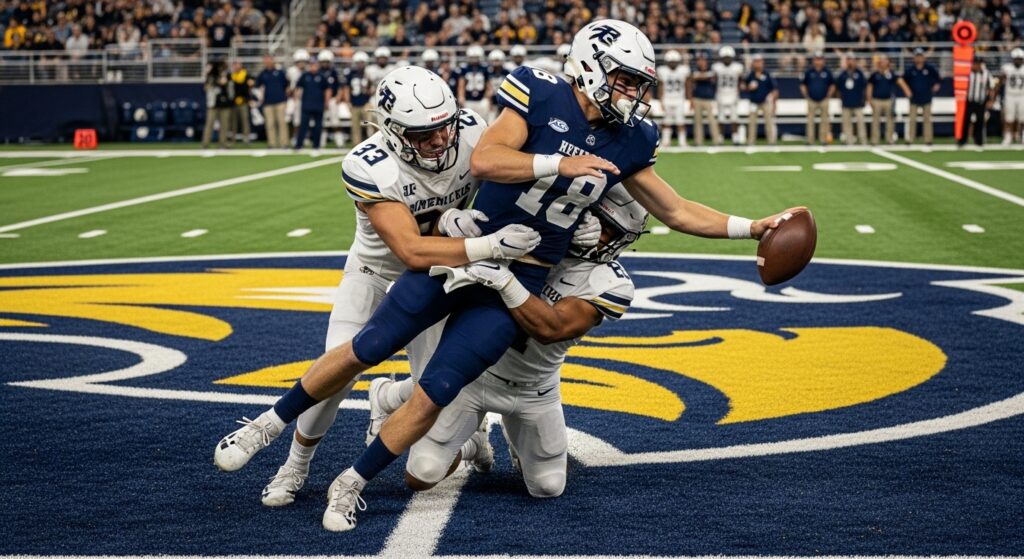
Safety Scoring Play NFL (Table)
| Situation | Result |
| QB sacked in end zone | 2 points to defense |
| RB tackled in end zone | 2 points to defense |
| Offensive holding in end zone | 2 points to defense |
| Fumble out of end zone | 2 points to defense |
Examples of a Safety in Football Games
- Super Bowl XLVIII: Seahawks scored a safety on the first play against Broncos.
- Super Bowl IX: Steelers recorded a safety against Vikings.
- These moments flip momentum fast—it’s not just 2 points, it’s field position too.
2 Point Safety Rule Explained
By rule, a safety always equals 2 points. But it’s not just the points—the team that scored gets the ball back on a free kick. That swing in momentum can crush a drive.
How to Play Safety in Football
If you’re thinking about playing the position, here’s the checklist:
- Learn to read the QB’s shoulders.
- Work on backpedal and quick breaks.
- Don’t bite on play-action unless you’re sure.
- Communicate constantly.
Skills Needed for Safety Position in Football
- Speed
- Awareness
- Strong tackling
- Ball skills (catching, timing)
- Communication
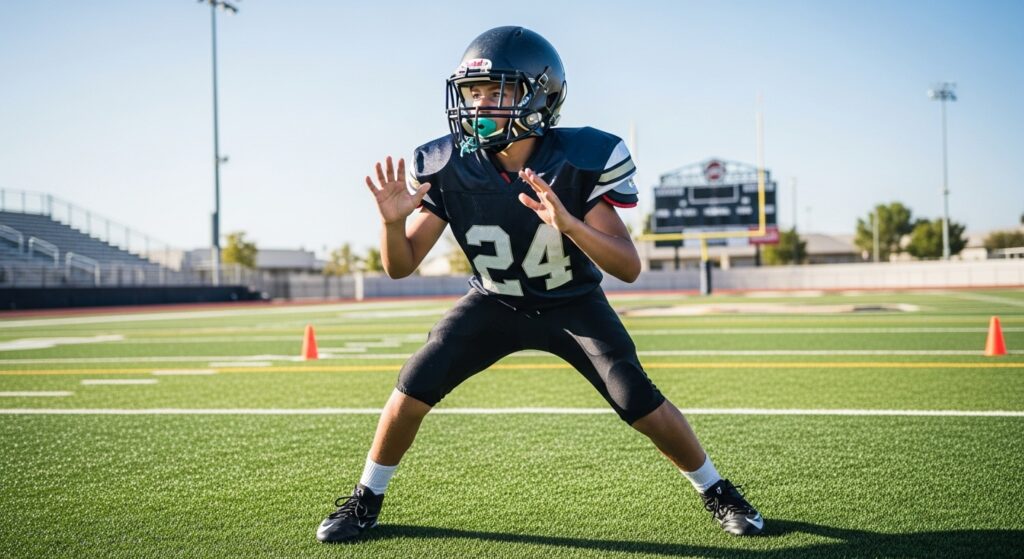
Drills for Safeties in Football
- Backpedal & Break Drill: React to QB arm motion.
- High Point Drill: Time your jump to intercept.
- Open Field Tackling Drill: Break down and tackle one-on-one.
- Angle Pursuit Drill: Run correct pursuit angles to ball carrier.
Football Safety Techniques and Strategies
- Stay deeper than the deepest WR.
- Keep eyes on QB but be aware of routes.
- Use leverage to funnel WRs toward help.
- Blitz unpredictably.
Is Safety the Hardest Position in Football?
Debatable. Some say yes—because you cover both run and pass, and you can’t afford mistakes. One slip = touchdown. Others argue QB or corner is harder. But if you’re asking what is a safety in football, the position itself is definitely up there among the toughest.
Why Is It Called a Safety in Football?
The term goes way back. The ball is declared “safe” by the defense when they trap the offense in their own zone. It’s kind of an old-school naming thing.
Can a Quarterback Cause a Safety?
Yep. Easy. Step out of bounds in your end zone, drop the ball, or get called for holding back there. Boom. Safety.
What Is the Difference Between Safety and Linebacker?
- Linebacker: closer to line, more run-stopping.
- Safety: further back, more coverage responsibility.
Who Covers Receivers in Football Safety?
Depends on the play.
- In zone: safety covers deep zone, helps CB.
- In man: SS may take a tight end, FS may bracket a WR.
FAQs (from People Also Ask)
1. Can you score 1 point on a safety in football?
No, it’s always 2 points. A “conversion safety” after a touchdown is a special rare case but still counts as 1 point.
2. Is safety offense or defense?
The position is defense. The scoring play involves both, but points always go to defense.
3. How rare is a safety in the NFL?
Pretty rare. Less than once every 15–20 games on average.
4. Can a safety end a game?
Yes. If the defense scores a safety as time expires, game’s over.
5. Do safeties blitz often?
Depends on the scheme. Some defenses use SS as blitzers, others keep both deep.
And that’s probably more detail than you needed, but that’s the fun with football. The word “safety” carries two different weights—one’s a position, the other’s a scoring play. By now, you’ve got the difference. No need to overthink it.

I’m Daniel Moore, and I live for the thrill of the game. Get energetic live commentary, detailed match analysis, data-backed betting predictions, and official team rankings right here.
